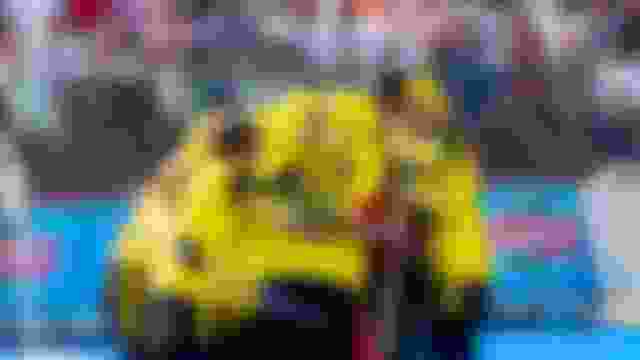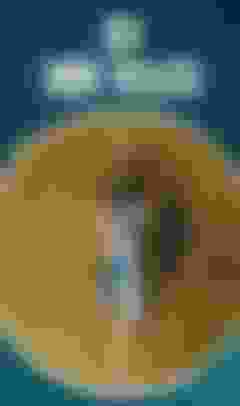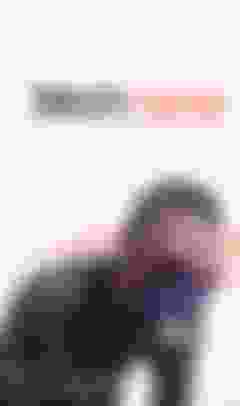What is Field Hockey?
There are two types of hockey – field and ice. Field hockey, played at the Olympic Summer Games, takes place on an artificial-grass pitch where two teams of 11 – 10 infield players and one goalkeeper – compete against each other to score the most goals in the opposing side’s net. Players use a stick with a rounded end to hit a hard ball, slightly larger than a tennis ball.
By whom, where and when was Hockey invented?
A form of hockey has been played in various guises for thousands of years – in Egypt (4,000 years ago), Ethiopia (1,000 BC), and Iran (2,000 BC). The Romans and Greeks, as well as the Aztecs, also played a version of the game but the modern game emerged in England in the mid-19th century.
The first Hockey Association was formed in the UK in 1876 establishing the first official set of rules. The association lasted for just six years but was revived a decade later by nine founding member clubs.
What are the rules of Hockey?
A hockey match lasts 60 minutes and consists of four periods of 15 minutes. Eleven players take to the pitch but can be replaced at any time by subs, as often as desired.
Players use a hooked stick to hit a hard ball toward a goal that is 3.66m wide and 2.14m high. Located at each end of the 91m by 55m pitch, the goals are surrounded by a D-shaped shooting area, the only place from which a goal can be scored.
Should the match finish with a draw in a knockout stage, a penalty shootout takes place.
How long is a Hockey game?
The total duration of a field hockey match is 60 minutes (four quarters of 15 minutes each).
Hockey and the Olympics
The inaugural Olympic hockey competition for men was held in London in 1908 with England, Ireland, Scotland and Wales – competing separately – joining Germany and France to make up the six entrants.
Dropped from the 1912 Stockholm Games, hockey reappeared in 1920 in Antwerp before being omitted again in Paris in 1924.
Having founded the national hockey association of France in 1920, Paul Léautey then founded the world governing body, the International Hockey Federation(FIH) four years later, which ensured hockey became a permanent fixture at the Olympics from Amsterdam 1928 onwards.
Women's hockey was included for the first time in Moscow 1980 with Zimbabwe taking home the spoils in the debut edition.
Best Hockey players to watch
The Dutch women have been in the final for the past five Olympic cycles, with Eva de Goede in four of them, winning gold at Beijing 2008, London 2012 and Tokyo 2020, and silver at Rio 2016. Great Britain and Germany broke those winning cycles for the Dutch women – in Rio 2016 and Athens 2004, respectively – but Argentina are also ones to watch, claiming silver or bronze in the past five of six Olympic Games with the experienced Agustina Albertarrio, a Tokyo 2020 silver medallist, particularly key.
In the men’s edition, Eddie Ockenden of Australia has a plethora of gold medals from throughout his career including two World Cup golds and seven Champions Trophy top spots.
Formerly dominant India – with eight golds and six consecutive titles between 1928 and 1956 – has given way to a more global share of the spoils in the men’s edition with Argentina, the Netherlands, Germany, Belgium – the Tokyo 2020 champions – all claiming Olympic honours since 1992.
Hockey competition rules and event format at Paris 2024
The field hockey tournaments at the 2024 Summer Olympics in Paris were scheduled to run from 27 July to 9 August at Stade Yves-du-Manoir, a legacy venue of the 1924 Summer Olympics.
Twenty-four teams (twelve each for men and women) competed against each other in their respective tournaments.
The competition consisted of two stages – a preliminary round followed by the nail-biting knockouts for the quarterfinals, semifinals, bronze medal, and gold medal matches.
























